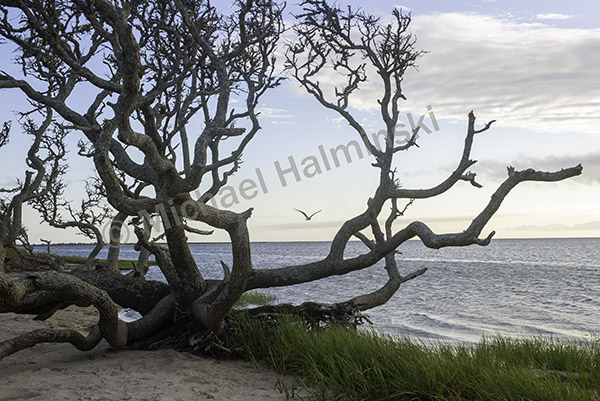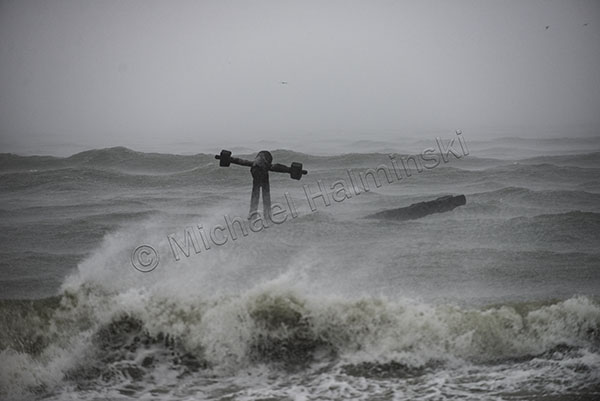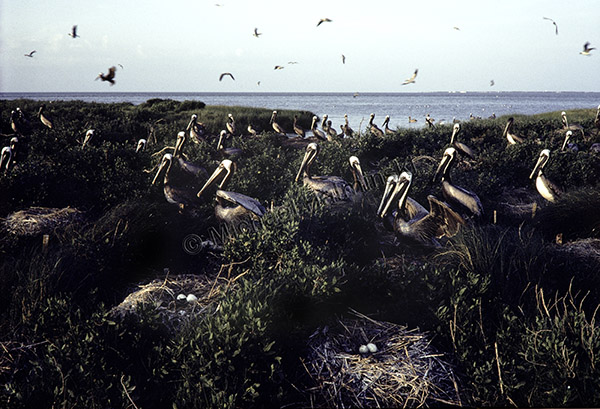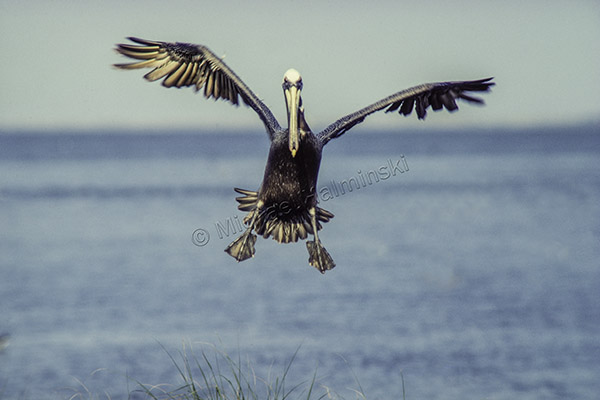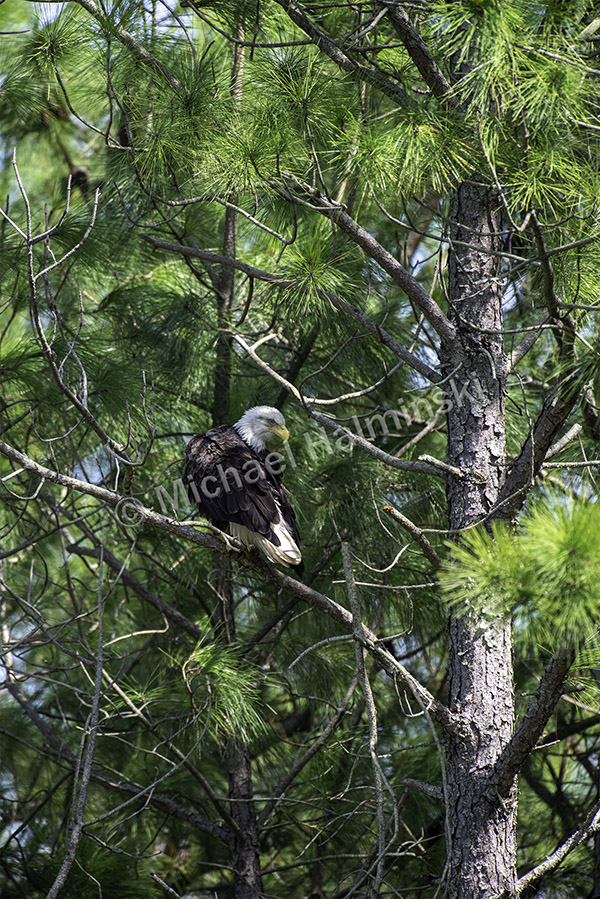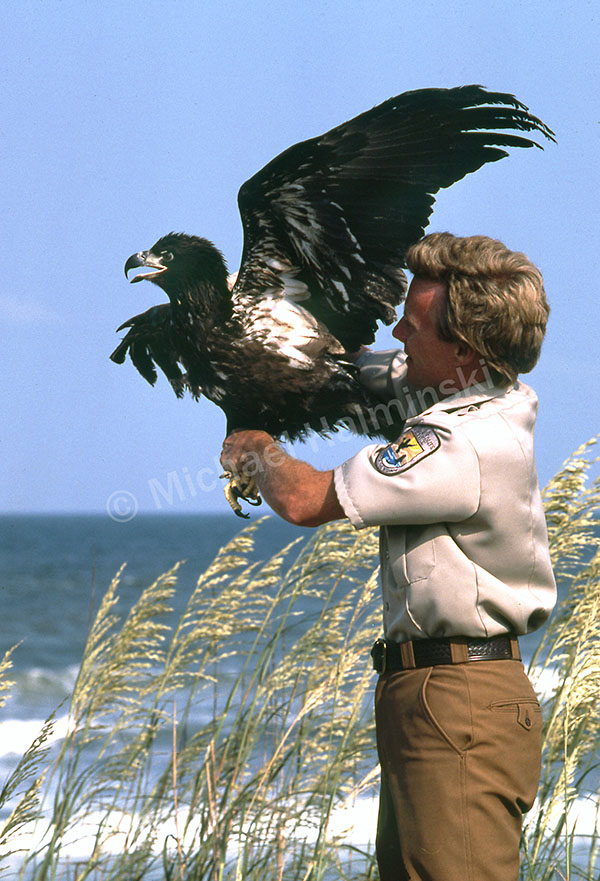A few years ago after a day on Ocracoke, I was catching a late ferry back to Hatteras, and noticed gathering seagulls awaiting our departure. As the ferry boat captain made way into the blackness of Pamlico Sound, he searched for channel markers with a flood light. Birds flew in and out of the beam picking up any bait fish attracted to it.
I experimented with some long exposures and liked one shot, revealing extended paths of individual gulls. Night Flight was taken using a 200mm lens at f/4 with a shutter speed of two seconds.


